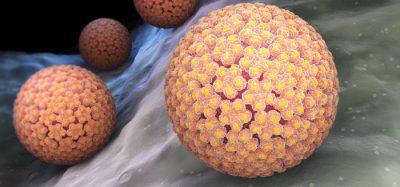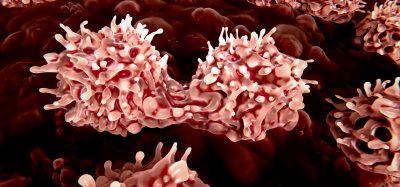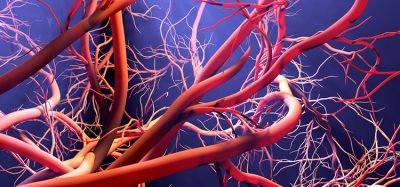Expert view: Why you should use 3D models for high-throughput drug development screens
Posted: 10 September 2020 | Horizon Discovery | No comments yet
The clinical success rate of new oncology drugs is low compared to other diseases. One contributing factor is likely to be the testing systems used, particularly two-dimensional (2D) monolayer assay formats, which are the traditional mainstay of high-throughput compound screening.
Although 2D monolayer assays have aided the registration of successful drugs, it is increasingly recognised that 2D assays do not model key aspects of the three-dimensional (3D) tumour environment. The adoption of high-throughput screening approaches using 3D assays to complement 2D approaches could therefore substantially improve the identification and clinical applicability of new cancer therapies.
3D assays are typically complex, often involving multiple cell types, extracellular scaffolds and complex image-based readouts; they are also challenging to work with at scale. By contrast, 3D tumour spheroids produced by plating suspensions of cancer cell lines in liquid growth media in low anchorage U-bottom microplates are amenable to straight forward add-and-read plate reader-based viability assays, such as Promega’s Celltiter-Glo® 3D. This relative simplicity makes spheroid assays compliant with standardisation for routine high-throughput screening. Importantly, spheroid models accurately mimic key aspects of the tumour environment, including 3D cell-to-cell interactions and nutrient and oxygen gradients. At scale, they also uncover unique insights into drug responses that would not be discovered using traditional 2D assays. The datasets from high-throughput 2D and 3D screens can be further scrutinised in lower throughput 3D screens using patient derived spheroids, for example, which more closely resemble the heterogeneity and microanatomy of a tumour.
Horizon Discovery has over 15 years’ experience of high-throughput cell panel screening. Our OncoSignature cell panel screening service enables clients to screen single therapeutics or drug combinations in 2D or 3D (spheroid) models to support drug discovery to patient stratification. We also offer screening services using next-generation organoid-based 3D models.
Related topics
Assays, High-Throughput Screening (HTS), Screening
Related organisations
Horizon Discovery







